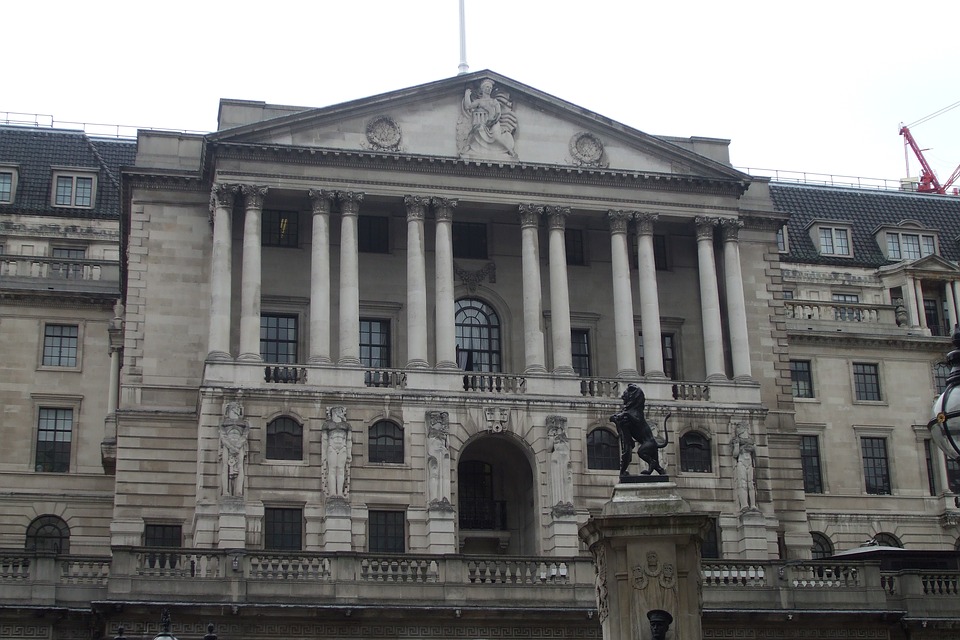THE Scottish economy returned to growth in the third quarter, matching UK-wide expansion of 0.3 per cent, official figures show.
Business services and finance was a key driver of growth during the three months to September, according to the data published yesterday by the Scottish Government, but manufacturing contracted by 0.2% and construction output was flat.
The Scottish economy had contracted by 0.2% in the second quarter, matching the UK-wide performance in that period, having expanded by 0.5% during the opening three months of this year.
Comparing the year to September with the preceding 12 months, Scottish gross domestic product grew only 1%.
The dampening impact of Brexit-related uncertainty on economic growth in Scotland and the rest of the UK has been highlighted in a raft of surveys, and by economists.
CBI Scotland director Tracy Black said: “While it’s good to see that Scottish GDP growth recovered following a contraction in the second quarter, underlying momentum remains weak.”
Andrew McRae, the Federation of Small Businesses’ Scotland policy chair, highlighted the resilience of consumers and firms amid weak confidence, cost increases and political turmoil.
He said: “It’d be easy to dismiss these uninspiring growth figures, but they show that many people and firms have been getting on with business despite shaky confidence, rising overheads and political upheaval.”
In spite of manufacturing weakness, the broader Scottish production sector achieved a 0.9% quarter-on-quarter rise in output in the three months to September on the back of a 5.9% jump in electricity and gas supply. The services sector in Scotland grew by 0.2% quarter-on-quarter in the three months to September.
Comparing the third quarter with the same period of 2018, Scottish GDP was up 0.7%. This was adrift of a corresponding rise of 1% for the UK as a whole.
Scottish manufacturing output in the third quarter was down by 0.8% on the same period of last year. UK manufacturing output was flat quarter-on-quarter in the three months to September. However, third-quarter UK manufacturing output was down by 1.4% on the same period of last year.
Mr McRae called for politicians at Holyrood and Westminster to pay heed to the needs of smaller businesses.
He said: ”If in 2020 we want smaller firms to drive stronger local growth, MPs and MSPs must find time to think about their needs. Across the UK, we must see a new drive to end the late-payment crisis. And at Holyrood, we must see MSPs dismiss a half-baked effort to hand councils sweeping new tax powers.”
The FSB noted yesterday that earlier this year at the Scottish Parliament’s local government committee, opposition MSPs had united to force through a stage-two amendment to the Non-Domestic Rates (Scotland) Bill that it observed “could see councils take full control of the Scottish rates system and may end Scotland-wide small business rate relief”.
Scottish Finance Secretary Derek Mackay said: “While it is good news the economy has grown in the last quarter, it is unsurprising the overall pace of growth has slowed as a result of the continued uncertainty around Brexit.”
Sterling has come under pressure this week, with Prime Minister Boris Johnson spooking markets with proposed legislation to prevent extension of the Brexit transition period beyond the end of next year.
The pound was, at 5pm in London yesterday, trading around $1.3076, down nearly 0.4 cents on its previous close. It had tumbled by more than two cents on Tuesday, and is now below levels at which it was trading last Thursday as voters went to the polls.
Sterling had spiked above $1.35 in the wake of an exit poll published immediately after the polls closed at 10pm, which showed a clear Conservative majority.
Mr Mackay said: “Brexit remains the biggest threat to our economy. Just this week the Prime Minister has put the risk of a ‘no-deal’ Brexit back on the table by ruling out any extension to the transition period. This would be catastrophic for Scotland’s economy. Scotland did not vote for Brexit and the people of Scotland have the right to determine their own future free from Brexit as an independent member of the European Union.”
By Ian McConnell
Source: Herald Scotland









